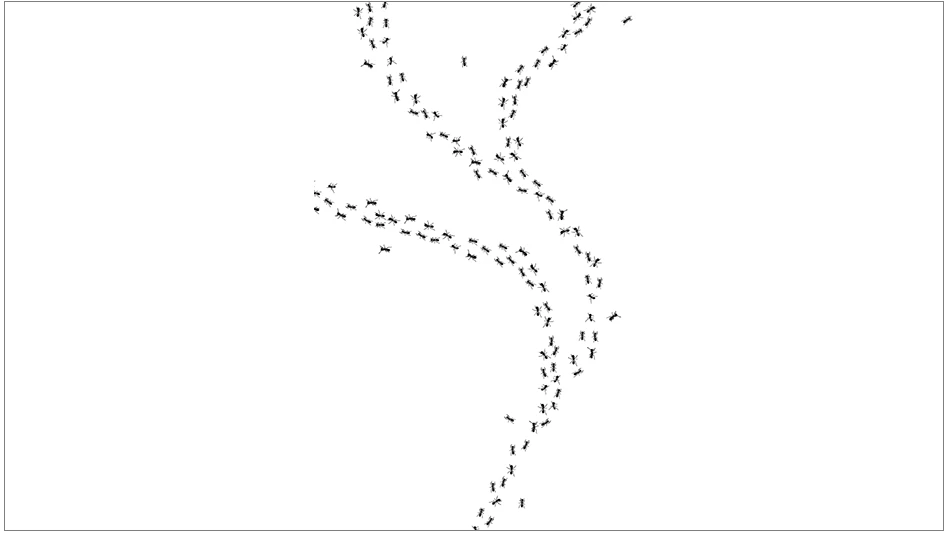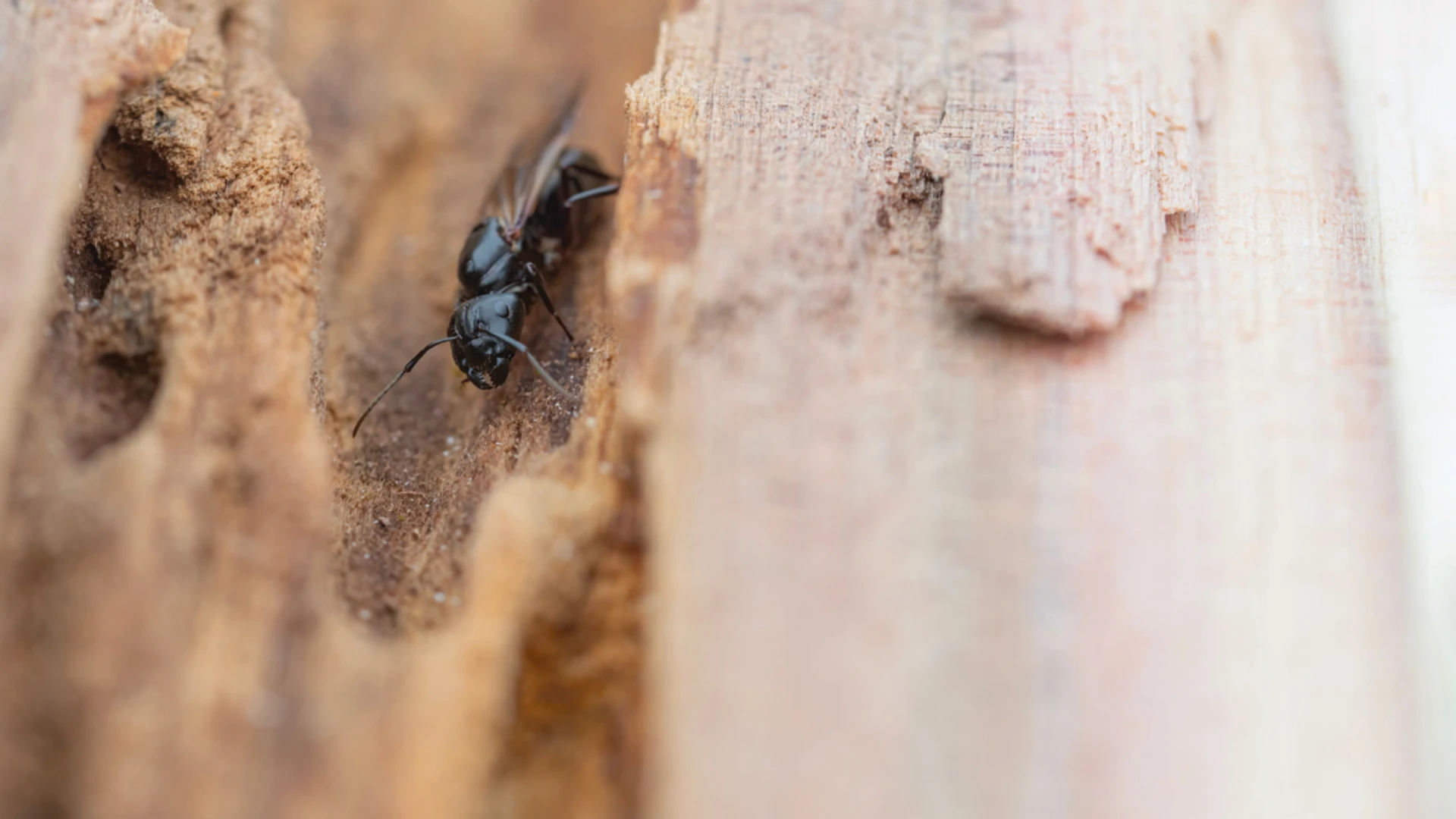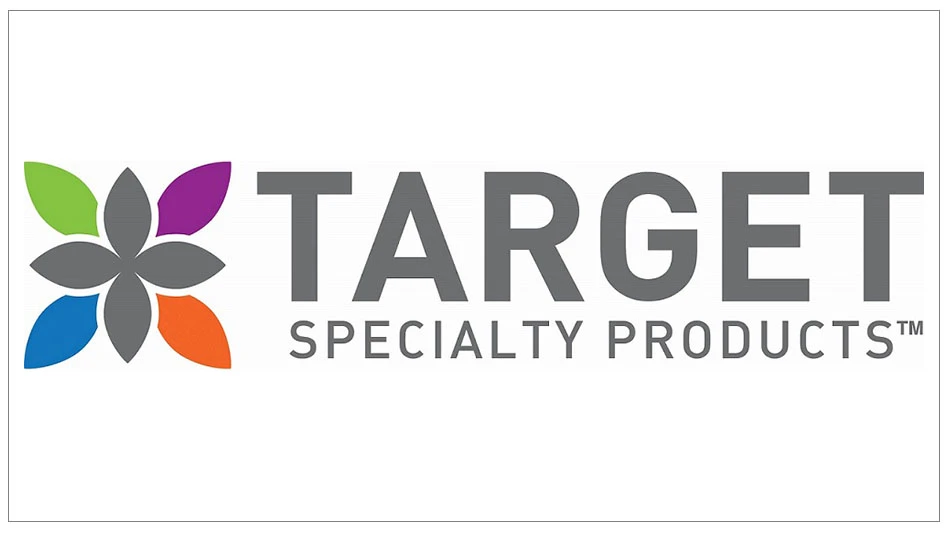One example of potentiation is the use of piperonyl butoxide (PB) to bolster the effectiveness of pyrethrins. A friend of Arnold Mallis, O.F. Hedenberg, at the Mellon Institute in Pittsburgh, Pa., found that PB blocked the fly’s ability to detoxify pyrethrins. Mallis, in his 2nd edition of the Handbook of Pest Control, reported that higher toxicity to insects was attained by mixing PB with pyrethrins at a 1:2.5 to 1:10 ratio. The PB alone had very limited toxic value.
In one of my past Myth Conceptions columns, long before present restrictions applied to the use of household pesticides, I speculated about the possibility that dogs and cats could be adversely affected by exposure to a mixture of several pesticides. There is a fallout on grass after spraying trees and bushes with one toxicant, then residue from spraying the lawn for flea control with another toxicant (cats some-times eat grass) and then the residual from spraying flea-infested areas inside the home with still another toxicant. All of this, in addition to treatment of the pet itself, seemed to me a good example of a hazard by potentiation. I may have exaggerated the problem because there has been no valid incidence of this occurring. If this had occurred, however, the media attention may have created another Alar episode, however scant the incidence may have been.
What I am concerned with is the absorption of a systemic toxicant with oral medications into the bloodstream of dogs and cats for flea control. I’m concerned about these pets in homes with trapped air environments where numerous contaminants are released from many sources. Has anyone checked on the long-term effect, after continuous use of the systemic, on the liver and other vital organs of these pets? If only a few stories about pets that are affected by a dermal application of pesticide become publicized, the pest control industry could possibly recover some of the flea treatment business.
ANT AND ROACH POTENTIATION. Another example of potentiation was discovered by Dr. Jim Moss while he was involved with research work with the U.S. Department of Agriculture. He found 1% boric acid mixed with caffeine was as effective in killing ants and cockroaches as 5% boric acid alone. His patented formula is being marketed by JT Eaton Co. of Cleveland as a liquid ant bait.
CONCLUSION. So, what’s my point? Potentiation by multiple toxicants is something every PCO should keep in mind when applying pesticides in and around the home and other sensitive locations.
Harry Katz may be contacted at Berkshire E-3076, Deerfield Beach FL 33442, 954/427-9716 or via e-mail at hlkatz@juno.com.

Explore the October 1999 Issue
Check out more from this issue and find your next story to read.
Latest from Pest Control Technology
- CAPMA Hosts 2025 Legislative Day in Sacramento
- Grizz Pest Management Bartends for a Cause
- Rose Pest Solutions Becomes Official Pest Provider of Chicago Fire FC
- WSPMA Hosts Legislative Day at Washington State Capitol
- A-1 Pest Control Marks 59 years in Business
- Hawaii PCO Shares Regulatory Challenges, Business Impacts from Lahaina Wildfires
- 5 Tips for Reducing Waste in the Office and in the Field
- OvoControl Now Available in Chile





